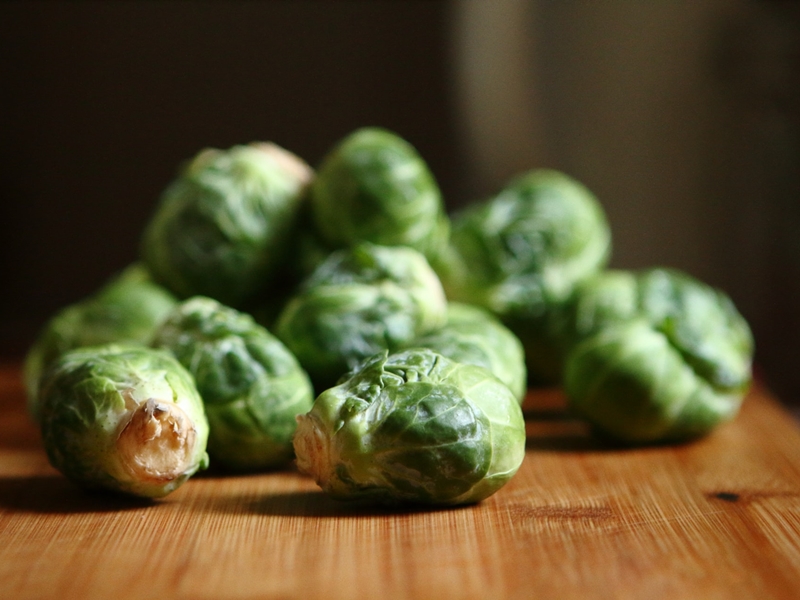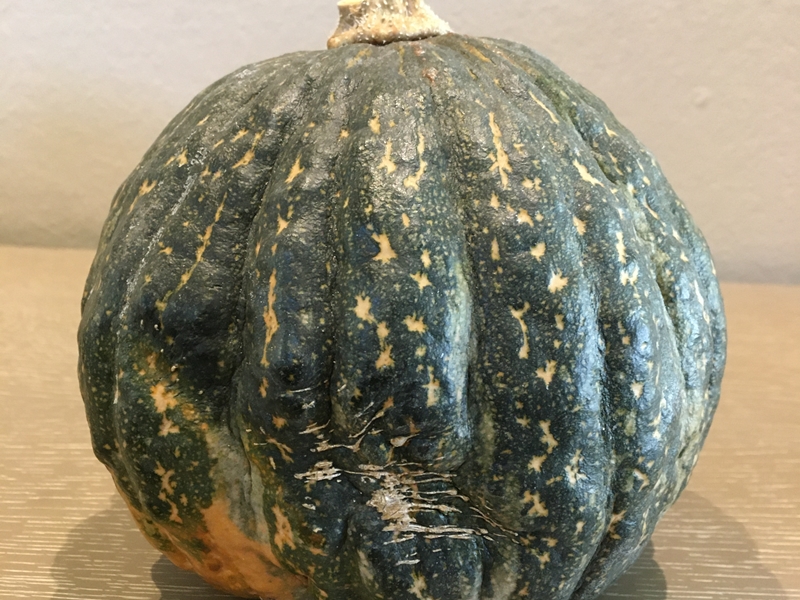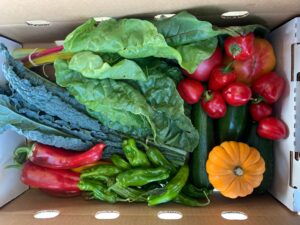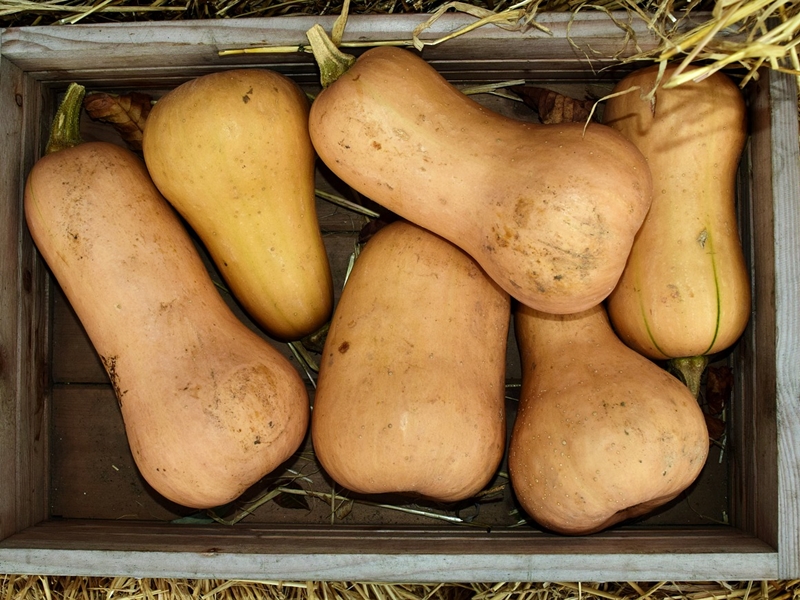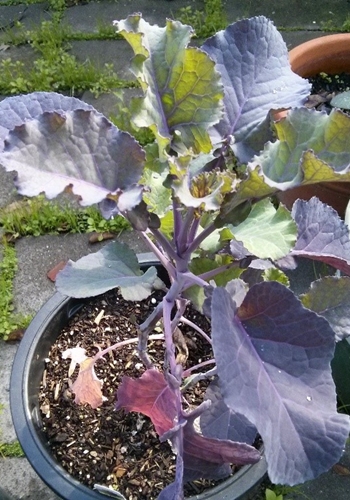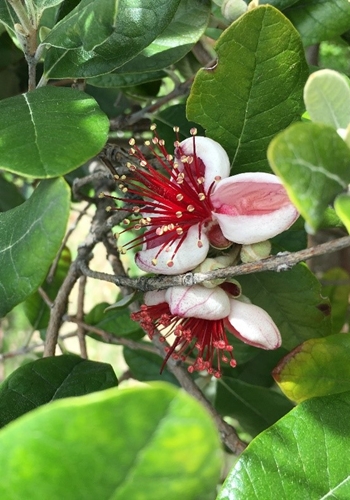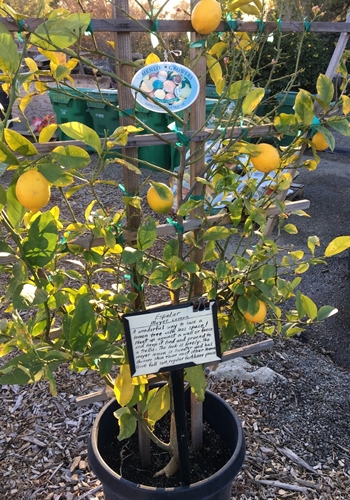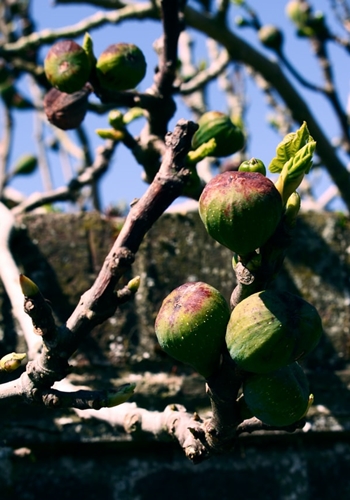Kale & Brussels Sprout Salad
Ingredients:
¼ cup fresh lemon juice
2 T. Dijon mustard
1 T. minced shallot
1 small garlic clove, finely grated
¼ t. kosher salt, plus more to taste
Ground black pepper
2 large bunches Tuscan kale (about 1 ½ lb. total), stemmed and leaves thinly sliced
12 oz. Brussels sprouts, trimmed, finely grated or shredded
½ cup extra-virgin olive oil, divided
1/3 cup almonds with skins, coarsely chopped
1 cup finely grated Pecorino
Combine lemon juice, Dijon mustard, shallot, garlic ½ t. salt and a pinch of pepper in a small bowl. Stir to mix; set aside for flavors to blend. Mix sliced kale and brussels sprouts in a large bowl.
Measure ½ cup oil into a cup. Spoon 1 T. oil from cup into a small skillet. Heat oil over medium-high heat. Add almonds to skillet and stir frequently until golden brown in spots, about 2 minutes. Transfer nuts to a paper towel-lined plate. Sprinkle almonds lightly with salt.
Slowly whisk remaining olive oil (in the cup) into the lemon juice mixture. Season dressing to taste with salt and pepper.
Add dressing and cheese to kale mixture, tossing to coat. Season lightly with salt and pepper. Garnish with almonds.
Makes 8-10 servings.
Chef’s Note: Dressing, kale/Brussels sprouts mixture and almonds can all be prepared 8 hours ahead! Cover dressing and refrigerate; cover veggies and refrigerate; cover almonds and keep at room temperature. Combine before service.
Recipe from Bon Appetit

